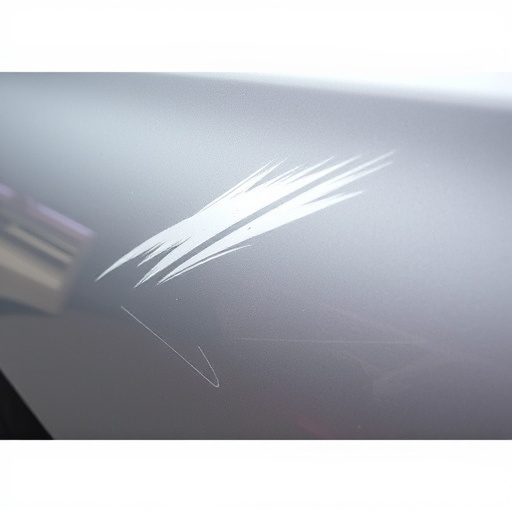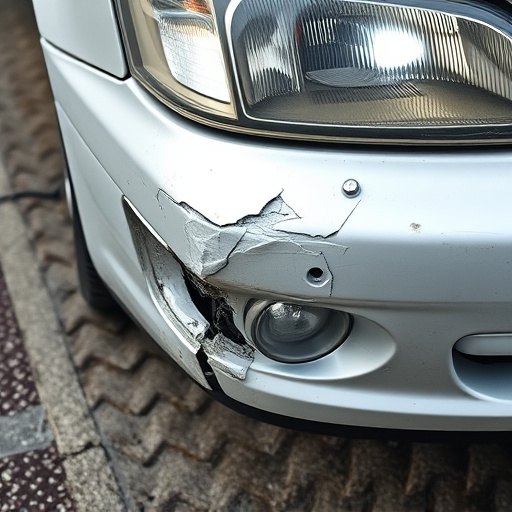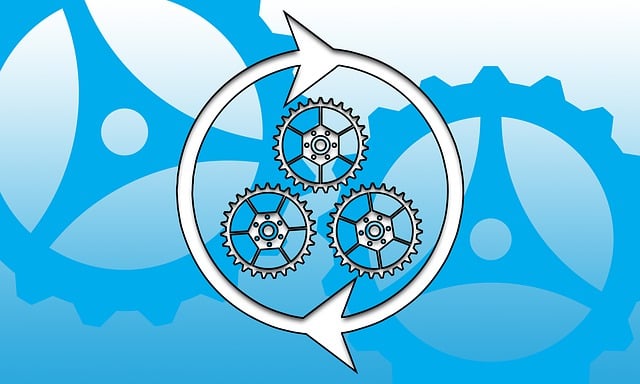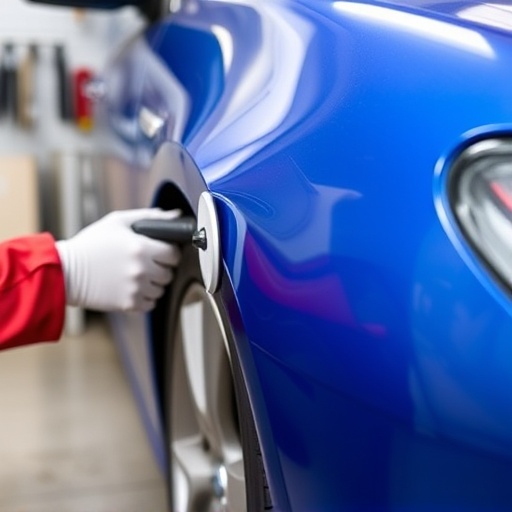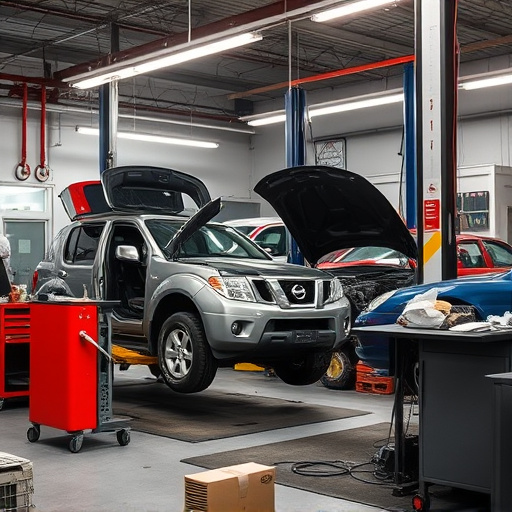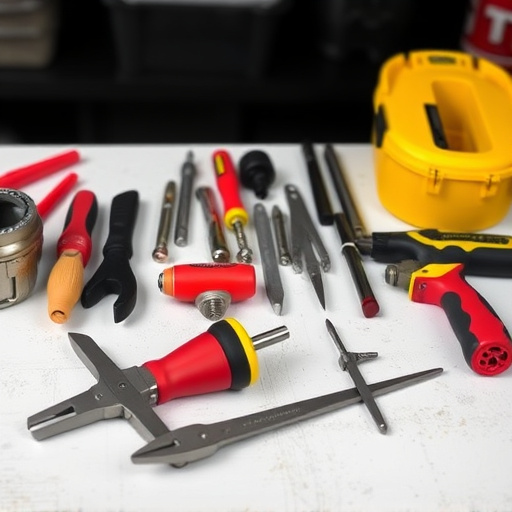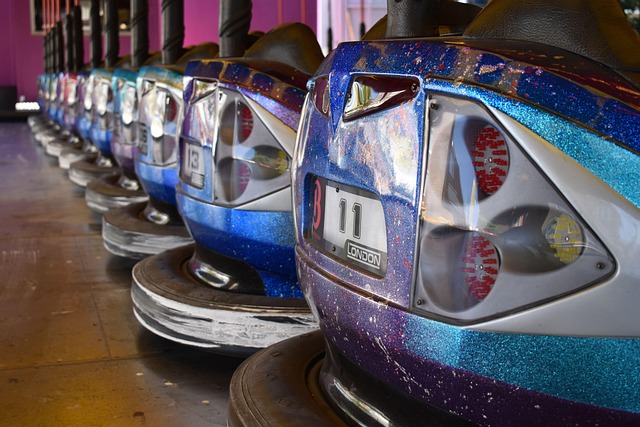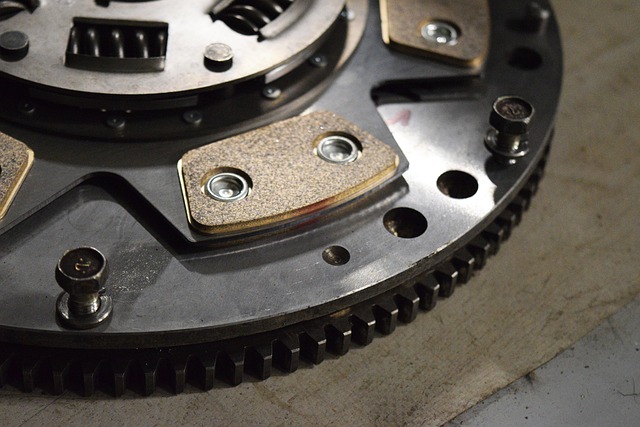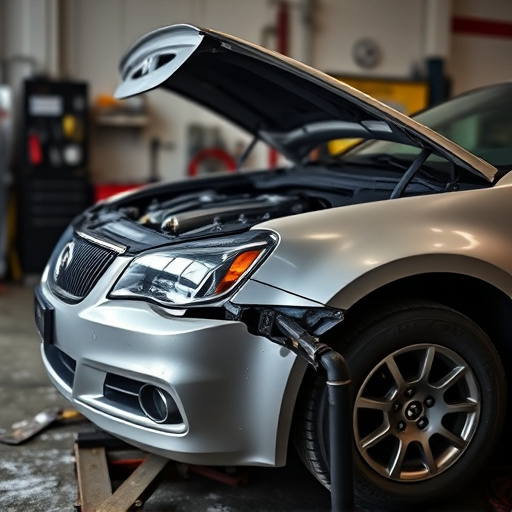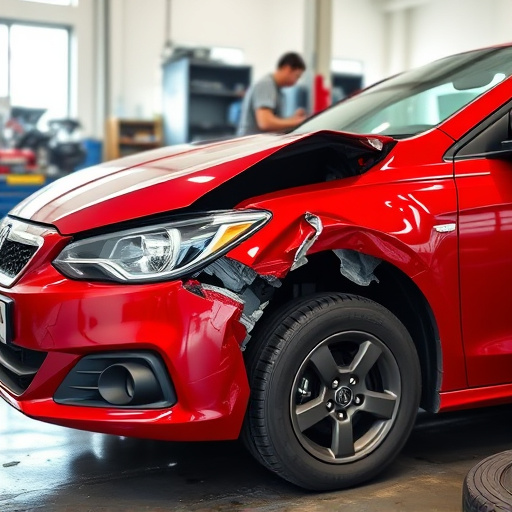When evaluating a vehicle's total loss, understanding frame repair cost is crucial as it determines the feasibility of restoration. Damage can range from minor bends to severe deformation, impacting repair complexity and costs. Modern body shops use advanced technology for precise repairs, but extensive damage may require specialized equipment and skilled technicians. Accurate assessment involves a multi-step process: thorough inspection, expert consultation, documentation, estimating repair needs, market analysis, and considering resale value to arrive at a fair frame repair cost estimate.
When assessing total loss in auto claims, the cost of frame repair plays a significant role. Understanding the extent of frame damage and the various repair techniques available is crucial. This article delves into how the expense of frame repairs influences the overall loss assessment process. We explore strategies for accurately evaluating losses, considering not just visual cues but also the financial implications of different repair methods, ensuring fair compensation for policyholders.
- Understanding Frame Damage and Repair Techniques
- The Impact of Frame Repair Cost on Total Loss Assessment
- Strategies for Accurate Loss Evaluation in Auto Claims
Understanding Frame Damage and Repair Techniques
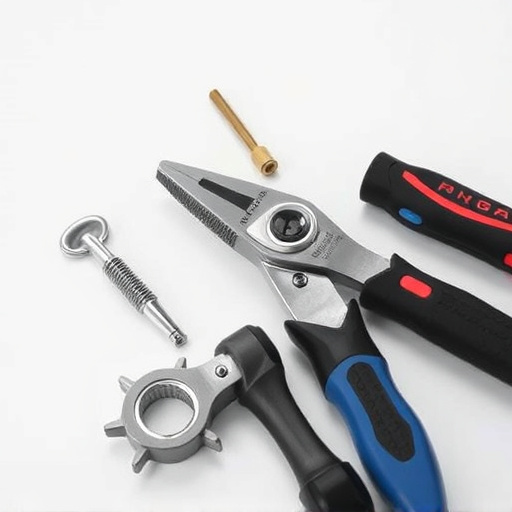
When assessing a vehicle’s total loss, understanding the extent of frame damage is crucial. The frame, often referred to as the car’s backbone, is integral to its structural integrity and safety. Damage to this component can vary from minor bends and dings to severe deformation or even complete collapse. Such variations significantly impact not just the frame repair cost but also the overall restoration process.
Repairs typically involve a range of techniques, including straightening, welding, and replacement. Modern body shop services employ advanced technology like robotic welders and computer-aided design (CAD) software to ensure precise frame alignment and structural integrity. Moreover, professionals in car body restoration are trained to identify hidden damage, ensuring every part is restored to its optimal condition. Even minor repairs can be cost-effective when compared to the frame repair cost of more extensive or complex damage. Similarly, auto glass repair might seem like a separate concern, but it often intertwines with frame restoration, especially in cases where glass shattering has caused secondary frame damage.
The Impact of Frame Repair Cost on Total Loss Assessment
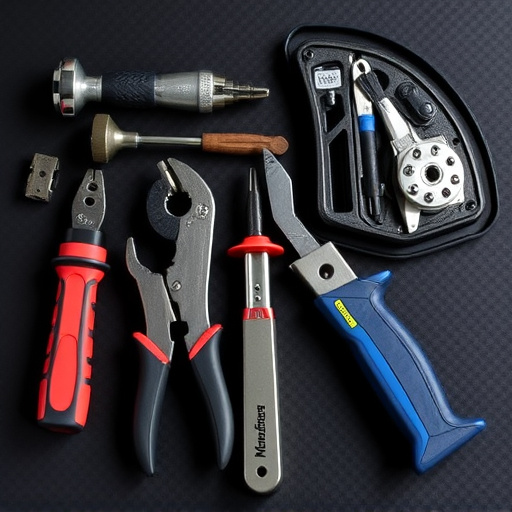
When assessing total loss for damaged vehicles, one often overlooked yet significant factor is the frame repair cost. The frame, after all, is the backbone of any vehicle—its structural integrity determines whether a car or truck can be safely restored and reused. In cases where frame damage is extensive, the repair cost can significantly impact the overall loss assessment.
Consider this: a collision may leave the frame bent, twisted, or even broken. While a simple bumper repair or a quick fix might suffice for smaller issues, complex frame damage requires specialized equipment and skilled technicians. These repairs often involve straightening, welding, and replacing components, all of which contribute to the overall cost. Thus, understanding the true extent of frame repair needs is essential in determining whether a vehicle is a total loss or can be salvaged through car repair services—a decision that has financial implications for both owners and insurance providers alike.
Strategies for Accurate Loss Evaluation in Auto Claims

When assessing total loss for an automobile, a thorough evaluation is paramount to ensure accuracy and fairness. This involves meticulous inspection to identify damage extent, including structural elements like the frame. The frame repair cost plays a significant role in determining the overall value of the vehicle post-accident. By consulting with experienced assessors or experts in auto collision repair, one can avoid underestimating or overestimating repairs needed, thereby reaching a more precise figure for replacement or reconstruction.
A strategic approach to loss evaluation includes breaking down the process into several steps: documenting all visible damages, estimating repair complexity, gathering market data on similar vehicles, and factoring in labor and material costs for frame straightening or replacement, as well as subsequent auto painting and vehicle restoration processes. Incorporating these factors ensures a comprehensive assessment that considers not just the immediate cost of fixing structural issues but also the broader impact on resale value and customer satisfaction.
When assessing total loss in auto claims, the cost of frame repair plays a significant role. Understanding the extent of frame damage and exploring various repair techniques can help adjusters accurately evaluate losses. By considering the financial implications of frame repair, insurers can provide more precise estimates, ensuring fairness for policyholders and streamlining the claims process. This nuanced approach to loss assessment is vital in maintaining transparency and customer satisfaction during challenging times.

